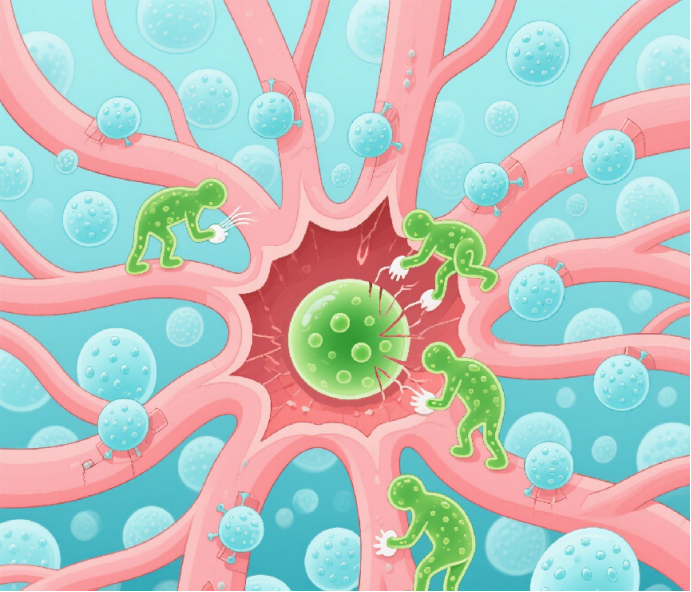Back

Currently, stem cell therapy has been elevated to mythical status, hailed as an omnipotent "cure-all" solution. Today, let’s dive into the science behind these claims. In reality, the cells used clinically, termed MSCs, are not stem cells but Mesenchymal Stromal Cells (MSCs)[1]. Yet, MSCs are the prerequisite for the purported "cure-all" potential of stem cells. How do MSCs contribute to stem cell therapy, and why are they claimed to "cure all diseases"?
Studies reveal that MSCs are primarily distributed around capillaries in various organs and tissues. They regulate vascular stability, sense injury signals, and mobilize the body’s endogenous stem cells to repair damaged tissues. Imagine tissue injury as an earthquake disaster zone: blood vessels are the "roads" to the affected area, and MSCs act as "road maintenance workers." When injury occurs, existing blood vessels are damaged, and hypoxia triggers the formation of fragile new capillaries. Without MSCs, these nascent vessels collapse quickly. Only under the maintenance of MSCs can these new capillaries stabilize, ensuring blood flow, nutrient delivery, waste removal, and a pathway for endogenous stem cells to reach the injury site and initiate repair.
In severe tissue injuries, local MSCs are depleted. Thus, exogenous MSC infusion replenishes lost MSCs in the damaged area. Once supplemented, exogenous MSCs stabilize new blood vessels—"repairing the roads"—allowing distress signals (damage signals) to be transmitted. This mobilizes endogenous stem cells ("rescue teams") to arrive and begin reconstruction.
Capillaries exist in all human tissues. When injured, they sprout new networks to regenerate. However, without MSCs, these vascular sprouts fail to mature. Severe injuries deplete local MSCs, necessitating exogenous MSC supplementation. In this sense, timely MSC replenishment after tissue injury creates a pathway for endogenous stem cells to reach damaged sites, enabling repair. Thus, MSCs theoretically underpin the "cure-all" potential of stem cells.
But why do some patients report minimal or no effects after receiving "stem cell" injections? This contradiction arises from the timing of MSC delivery. For exogenous MSCs to work, they must integrate into the vascular sprouting phase of injury repair—the "time window" when nascent capillary networks form. If MSCs are infused during this critical period, they "home" to the injury site, stabilize blood vessels, and activate repair mechanisms. If administered outside this window, MSCs have no "home" to target and remain ineffective[2].
To unlock the "cure-all" potential of MSCs, we must:
l Use standardized, high-quality MSCs.
l Identify the vascular sprouting "time window" post-injury.
l Tailor treatment protocols to individual patients.
By aligning MSC therapy with these principles, MSCs can synergize with endogenous stem cells to achieve broad therapeutic effects - truly living up to the "cure-all" promise!
Reference
[1] Yan K, Ma F, Song X, Wang H, Liu P, Zhang J, Jin X, Han P, Zuo X, Kang YJ. Unveiling distinctions between mesenchymal stromal cells and stem cells by single-cell transcriptomic analysis. Heliyon. 2025 Feb 8;11(4):e42311.
[2] Official Account: Mesenchymal Stromal Cell Hub. "Why is Cell Therapy Efficacy Unstable?"





